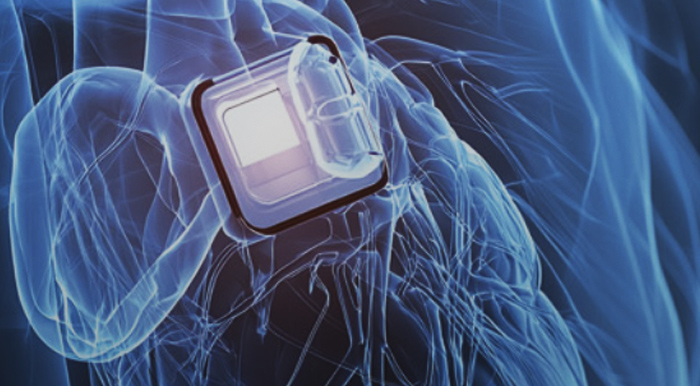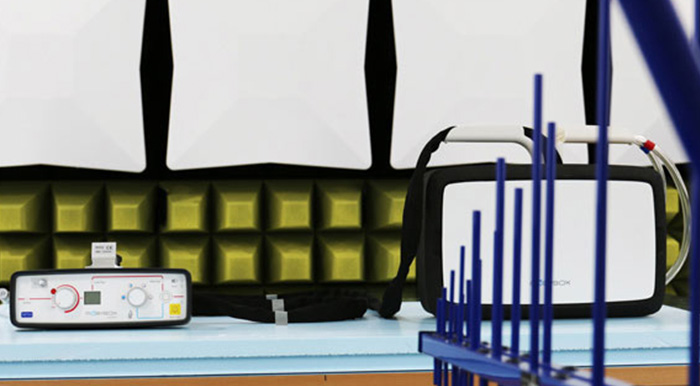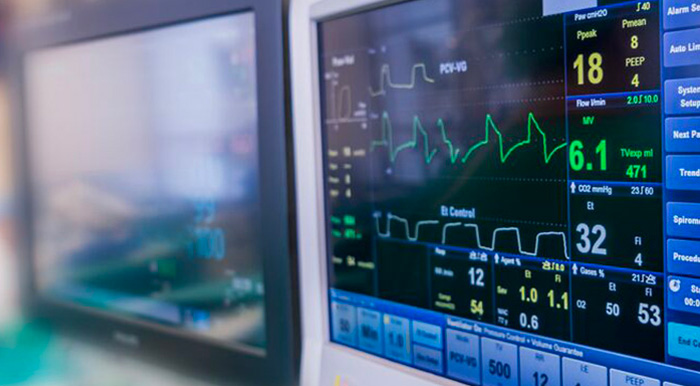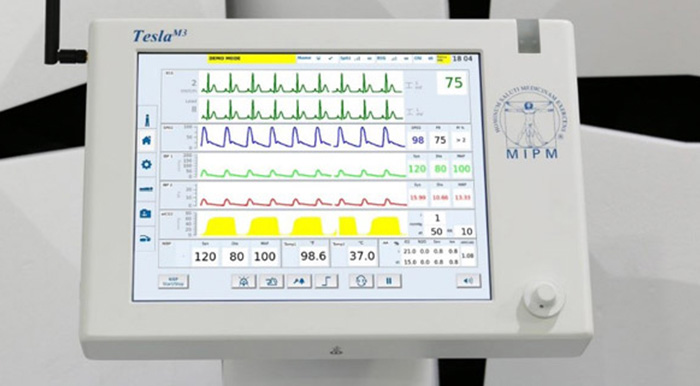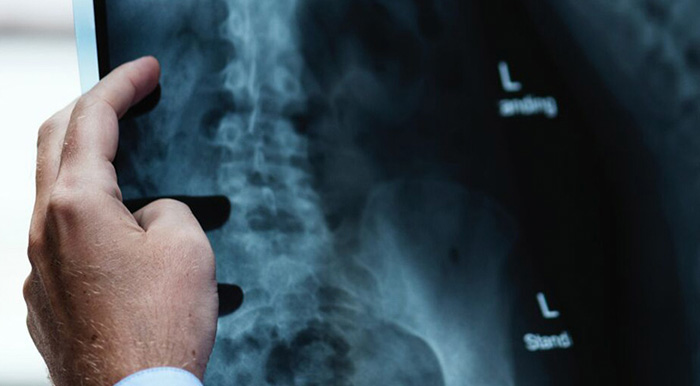Changing conditions for medical devices
The electromagnetic compatibility (EMC) of medical devices has become a key challenge in the last few years. Whereas in the past, medical devices were used in protected hospital environments with wired means of communication, modern ones are increasingly mobile, interconnected, and often operated by users without in-depth technical or medical expertise.
With the widespread adoption of wireless communication technologies such as RFID, Bluetooth, WLAN, LTE, and 5G, as well as inductive charging systems (WPT), medical devices are exposed to a more and more complex electromagnetic environment. This makes precise and standard-compliant EMC testing essential.
Normative requirements and regulatory trends
The fundamental standard for the EMC testing of medical devices is IEC 60601-1-2, which defines requirements for immunity and emission. Version IEC 60601-1-2:2014 Ed. 4 and its amendment Ed. 4.1 introduced new measurement methods defining higher test levels and integrated additional requirements for operation in vehicles (CISPR 25, ISO 11452) and aviation (RTCA/DO-160). In particular, the following must be highlighted:
- ESD tests with voltage levels up to 15 kV, including discharge on connectors and pins
- Immunity tests up to 28 V/m in the range of 385 MHz to 5.785 GHz to simulate radio interference
- Consideration of “proximity magnetic fields” (9 kHz to 13.56 MHz) to take account of induction cookers, RFID, and EAS systems
Regarding the US, the FDA has already made IEC 60601-1-2 Ed. 4.1 mandatory since December 2023. In Europe, harmonization is still in progress, but the application is already recommended.
Integration of radio modules and combined systems
The increasing integration of wireless modules in medical devices also requires regulatory attention. The EMC testing of an entire system cannot be ensured solely by the conformity of single, already tested components. Important normative fundamentals are:
- RED (Radio Equipment Directive) 2014/53/EU
- EN 301 489-1/-x for radio EMC requirements
- ETSI EG 203 367 as guideline for “combined equipment”
- ETSI EN 303 446-1, a standard for “combined and/or integrated radio and non-radio equipment” (not especially medical devices)
IEC 63404 ED. 1.0 (2024) describes the first standardized test procedure for radio modules in low-voltage devices that takes into account international requirements (ETSI, FCC, MIIT China, GRFC Russia). The key aspects are:
- Assessment of interactions between radio module and medical device
- Detection of potential intermodulation products
- Definition of specific test plans for radio functionality during EMC testing
Optimizing EMC qualification and test plans
Given the increasing complexity of EMC requirements, early and detailed test planning is essential. EMC tests during development help to identify problems at an early stage and avoid costly rework later in the development process. Important aspects:
- Consideration of IEC TS 60601-4-2 for functional EMC performance tests
- Use of combined test plans for IEC 60601-1-2 and IEC 60601-4-2 for cost optimization
- Selection of a laboratory that can cover EMC (if relevant incl. vehicles and aviation) and safety tests in one test phase
Conclusion
The EMC qualification of medical devices is a complex challenge that becomes increasingly important with every technological innovation. A comprehensive knowledge of standards, early integration into the development process, and the choice of an experienced testing service provider are crucial in order to fulfill regulatory requirements and ensure the safety and functionality of medical devices.
Take advantage of our expertise to ensure your medical devices successfully pass EMC testing. Contact us for more information and a concrete quotation.
Contact
Armin Hudetz
t: +49 89 787 475-133
E-mail: This email address is being protected from spambots. You need JavaScript enabled to view it.
Customer Service Team
t: +49 89 787 475-222
E-mail: This email address is being protected from spambots. You need JavaScript enabled to view it.

